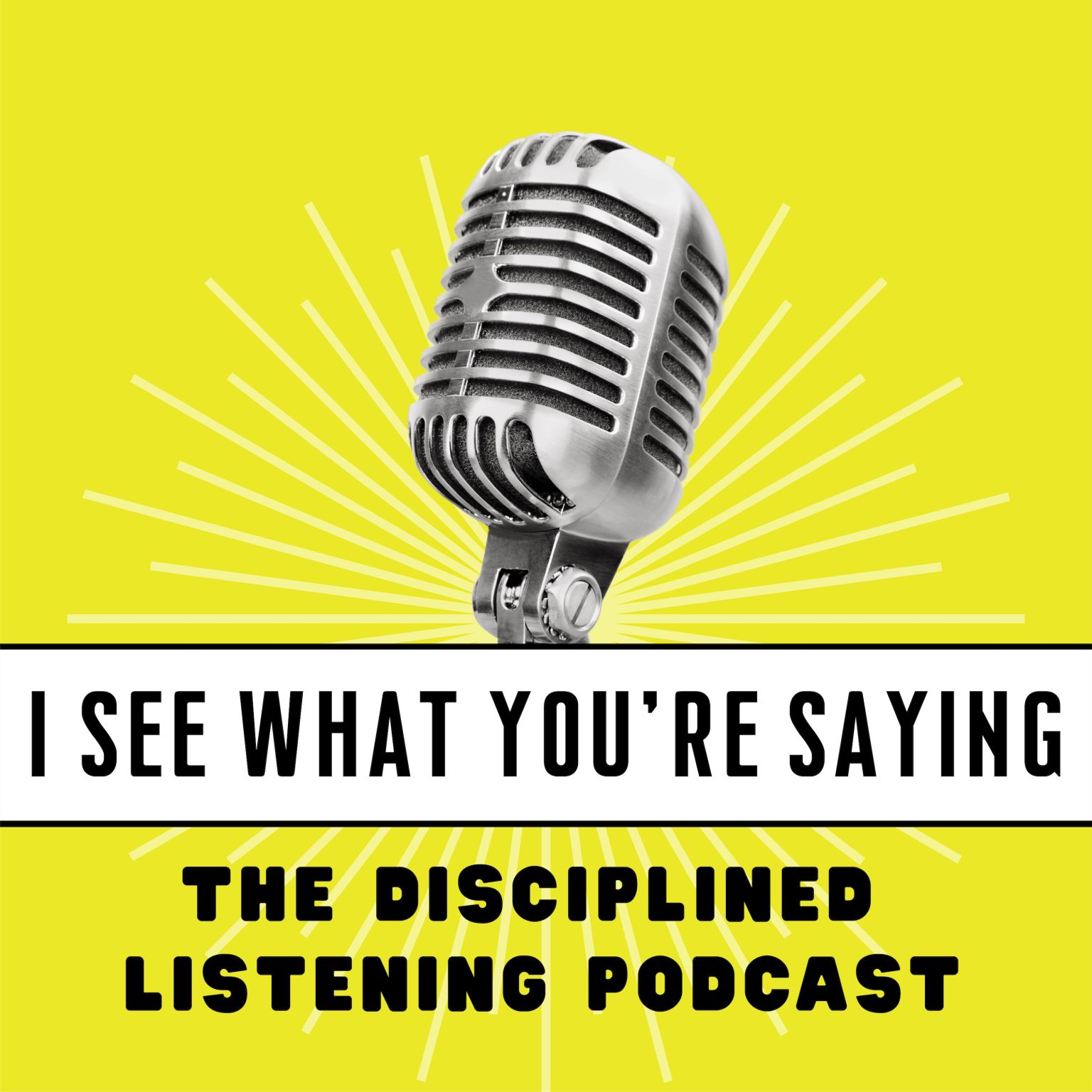 Written by Kwame Christian, originally published on LinkedIn
Written by Kwame Christian, originally published on LinkedIn
When you think of nonverbal communication (within the context of negotiation), what comes to mind?
My first guess would be body language, but there is so much there to explore.
I was fortunate enough to have Dr. David Matsumoto, Ph.D. on Negotiate Anything this week on the episode, “Strategic Nonverbal Mastery, Elevate Your Negotiation Skills with Dr. David Matsumoto”.
David is a renowned expert in the field of microexpressions, gestures, nonverbal behavior, culture, and emotion.
He’s also an alumnus of “that school up north”, but we won’t hold that against him – because he’s brilliant!
David joined to share some incredible insights on the world of nonverbal communication, more specifically, non-verbal behavior.
You may be wondering, what’s the difference? If so, you’re not alone.
It’s common for people to conflate the two, but non-verbal communication is actually an umbrella term that includes four different ways to gather information about a person (beyond what they say).
According to David, the four domains are:
- The physical environment you are in when speaking to a person
- Their physical appearance
- Behavioral traces
- Non-verbal behavior
He defines non-verbal behavior as the dynamic actions and movements of our body.
This can be a lot of information to take in, so where do we begin?
By simply observing.
The truth is, most people think they are being observant, when in reality they are overlooking a lot of data.
We can learn plenty by simply taking the time to observe the little things about a person, right down to their posture when they enter a room or which chair they chose to sit in.
You may also be wondering about your body language.
What should you keep in mind when engaging in a difficult conversation or important negotiation?
Check out the episode to hear David’s answer – it may surprise you!
The post How to Gather Data for Your Most Important Negotiations first appeared on Humintell.
 By
By  The Alex Murdaugh trial has garnered much attention in recent days, and for good reason: a public figure with a lot of money is
The Alex Murdaugh trial has garnered much attention in recent days, and for good reason: a public figure with a lot of money is  (@pattykazUSA)
(@pattykazUSA)